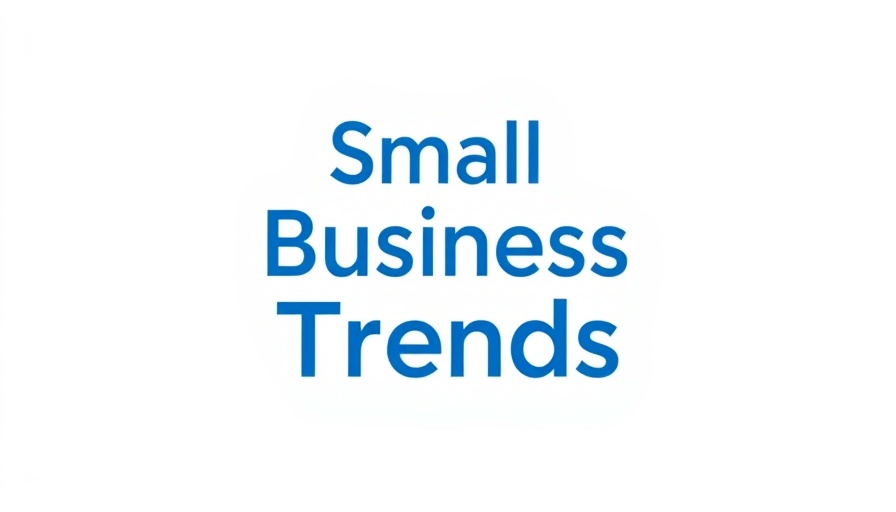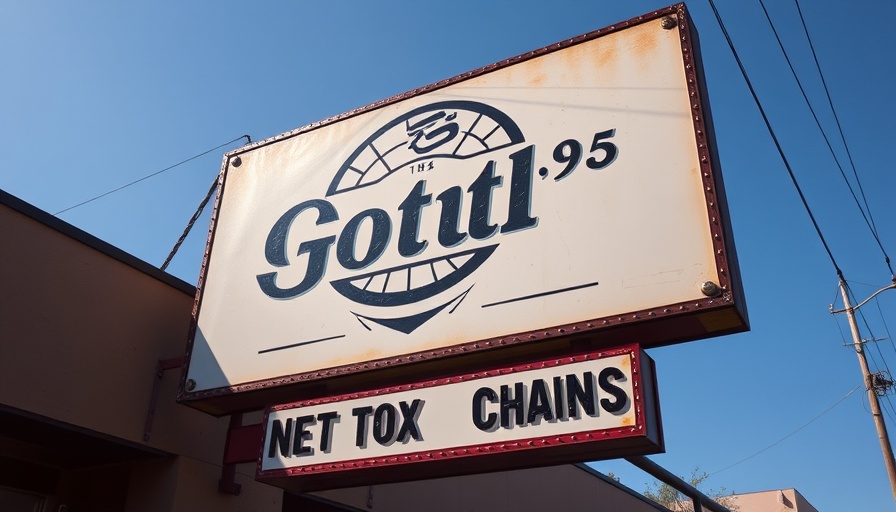
Gas Prices Tumble: What It Means for Summer Travelers
As the summer travel season approaches, it's surprising to see a dip in gas prices. According to AAA, the national average price for gasoline has fallen to $3.15 per gallon as of May 8, marking a 49-cent drop from last year’s prices. This decrease may come as a welcome relief for millions of Americans planning road trips and other summer activities.
Understanding the Drop in Gas Prices
The reduction in gas prices is attributed to a seasonal lull in demand as we transition from spring to summer. The Energy Information Administration (EIA) reported a decrease in gasoline consumption—from 9.09 million barrels per day (b/d) to 8.71 million b/d. At the same time, an increase in the supply of gasoline contributes to the overall price drop, making it a favorable time for travel.
The Role of OPEC+ and Global Oil Supply
OPEC+'s recent decision to boost oil output in June is also critical. By increasing the supply, markets anticipate a continued drop in crude oil prices, which could further stabilize gas prices throughout the summer season. With West Texas Intermediate (WTI) crude oil prices recently closing at $58.07 per barrel, some analysts are optimistic about maintaining lower gas prices.
Regional Price Variations Across the U.S.
The price at the pump varies significantly across states. California leads with the highest prices at approximately $4.82 per gallon, while Mississippi boasts the lowest at $2.64. Understanding these regional variations is vital for budget-conscious summer travelers. Knowing where to fill up can make a substantial difference in transportation costs.
The Impact on Electric Vehicle Charging Costs
In parallel, the average cost per kilowatt hour (kWh) for public EV charging stations has risen slightly, now averaging 36 cents per kWh. As more travelers contemplate electric vehicles for summer road trips, understanding these costs plays a critical role in budgeting for travel.
Key Takeaways for Business Owners
For CEOs and business owners, the current drop in fuel prices can influence operational costs and decision-making. Planning for this seasonal shift can help save on transportation and logistics, allowing more funds to be allocated toward growth opportunities. Additionally, entrepreneurs can leverage lower fuel costs to enhance customer outreach, particularly for businesses with a mobile component.
As the summer unfolds, maximizing your operational efficiency in light of these changes is essential for maintaining strong profit margins. Being proactive in understanding market trends can lead to smarter business strategies and a bolstered bottom line.
Whether you're packing for a family road trip or strategizing for your business, staying informed about gas prices can help you manage your resources wisely. Let's embrace the summer while keeping an eye on those gas station signs!
 Add Row
Add Row  Add
Add 



Write A Comment